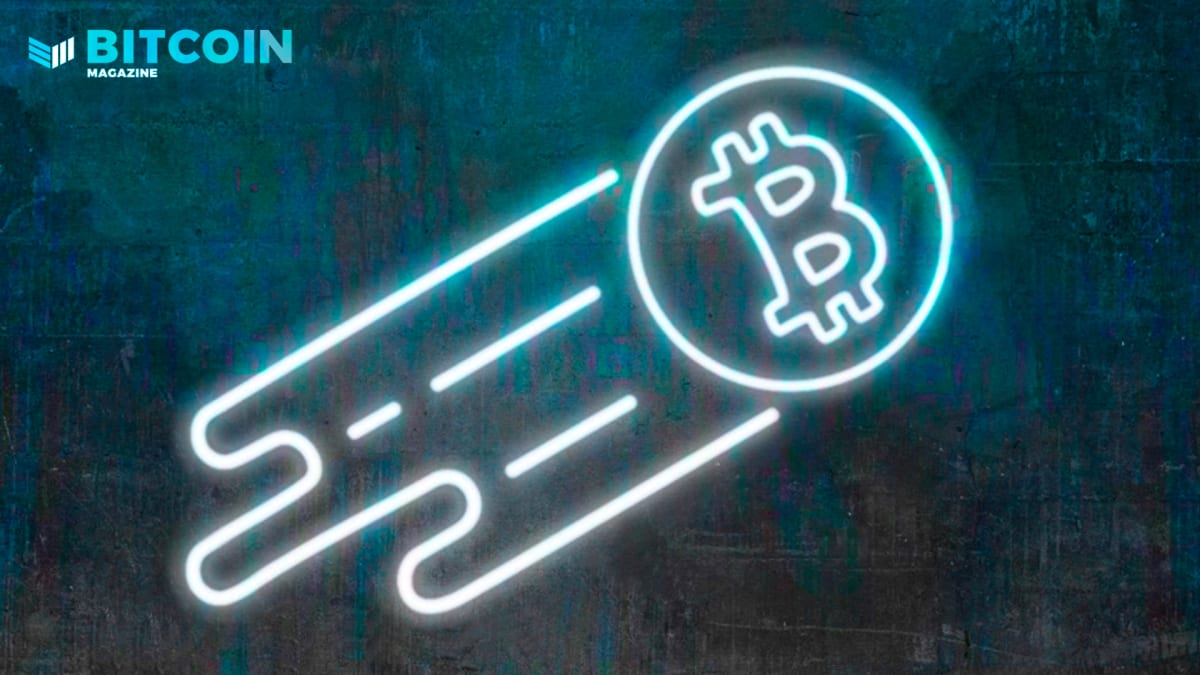Video Review: Coldcard Mk3
In the video above, Bitcoin Magazine reviewed Coinkite’s Coldcard Mk3 bitcoin hardware wallet, evaluating it with a handful of important criteria, including coin control, UTXO selection, Lightning support and more.
Appearance and Feel
As the second version of Coinkite’s hardware wallet, the Mk3 feels almost identical to the earlier model. It features the same full-sized numeric keypad that you would find on a calculator, which, when applied to a bitcoin wallet, feels very convenient in contrast to clicking the same two buttons to confirm actions (often found on other hardware wallets). A notable design feature of the Coldcard Mk3 is the clear plastic casing that highlights the inner workings of the device. This, in my opinion, gives it a really unique, cypherpunk-esque feel.
Security and Usage
The Coldcard can be used by itself without the need to connect to a computer. This means that you can use the Mk3 in an air gapped fashion, which can be a huge plus in the eyes of a security-driven bitcoin user. This is possible thanks to the microSD slot built into the side of the wallet — you can pass along transaction (and other) information to and from a computer by simply putting the chip into the computer and then back into the wallet.
In terms of security, the Mk3 uses Microchip’s ATECC608A to store the critical master secret: the 24-word seed phrase for your BIP 32/BIP 39 wallet.
“This little chip is very powerful,” Coldcard states on its website. “Communication is controlled by complex challenges and SHA-256 responses which prevent replay and eavesdropping. The secure element enforces cryptographically, that the attacker must know the PIN to access the secrets. An attacker cannot brute-force combinations or replay a previous login sequence.”
One of the most important features of the Coldcard is that it is based on BIP 174, which is a proposal in Bitcoin that allows for interoperation between bitcoin hardware wallets by introducing a binary file format that all hardware wallets can use. BIP 174 support also means that you can use the Coldcard with Bitcoin Core, Electrum Wallet, Wasabi or any software that supports BIP 174.
This is one of my favorite features about the Coldcard, because it provides users with the freedom to choose how they want to use their bitcoin wallet. In October 2019, Coinkite also released a software update that allows users to view receive addresses on the screen of the Coldcard or save to an SD card in a simple text format.
Another neat security feature of the Coldcard is its “duress wallet,” which can be thought of as a decoy wallet with a separate amount of funds for use in the event of an attempted bitcoin heist. The wallet allows you to set up a “duress PIN code,” which is an alternative PIN that displays an entirely separate wallet that a user can pretend is their real one. Ideally, this wallet should have a small amount of bitcoin on it, enough to make it plausible that this is indeed all of the bitcoin they have. Also, because Coldcard supports BIP 39 passphrases, users can create an unlimited supply of distraction wallets.
Overall, the Coldcard Mk3 is a solid bitcoin wallet for any user, be they beginner or expert. Using the Coldcard allows a user to feel like they are interacting with bitcoin transactions in a very hands-on manner, which is a credit to its tech-y outer appearance, 128 by 64 pixel OLED screen that shows you all of the critical details of your transaction and the full-sized keypad that is accompanied by a solid “click” with every press.
Bitcoin Magazine is an official affiliate partner of Coldcard, so the Coldcard is available for sale online at store.b.tc.This is an editorial hardware review by Bitcoin Magazine. All opinions expressed are the writer’s own without express approval or input from the manufacturer.
The post Video Review: Coldcard Mk3 appeared first on Bitcoin Magazine.








